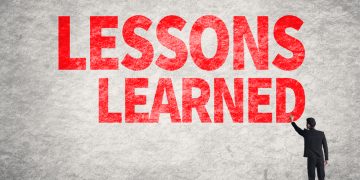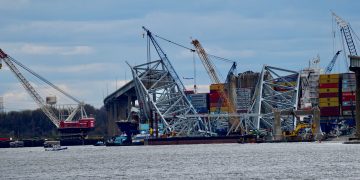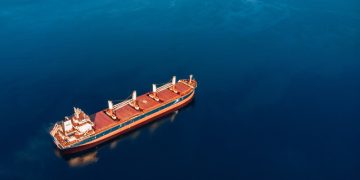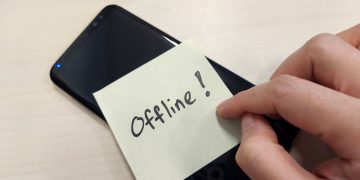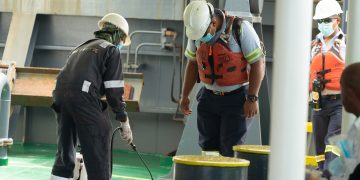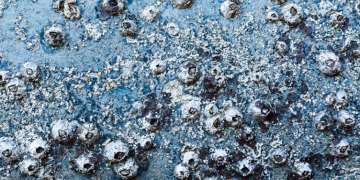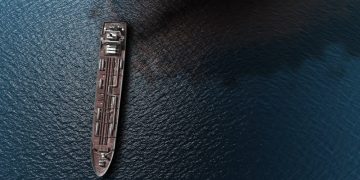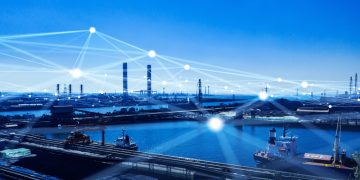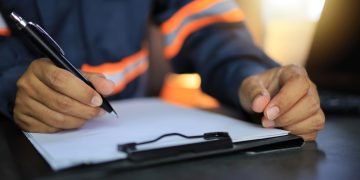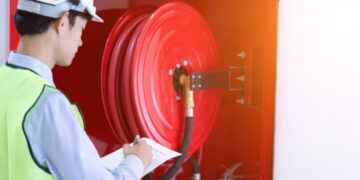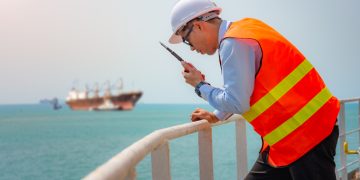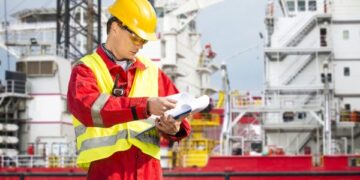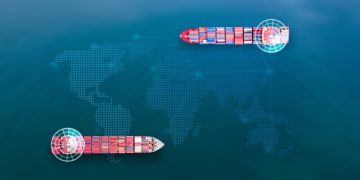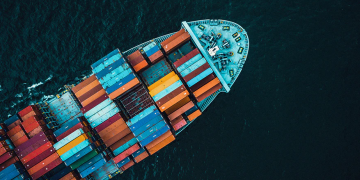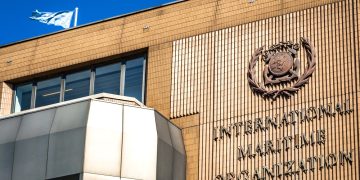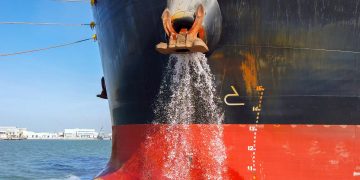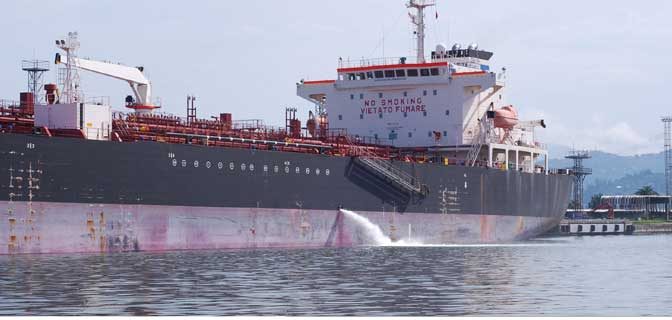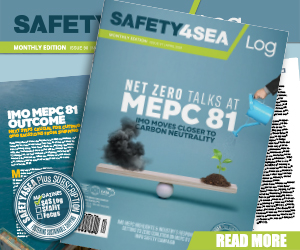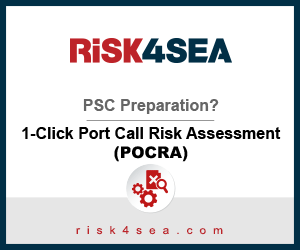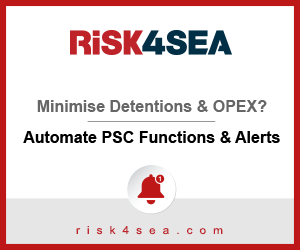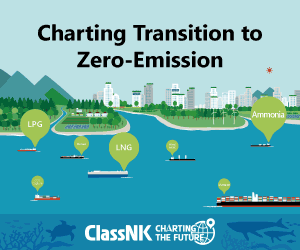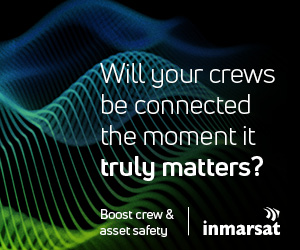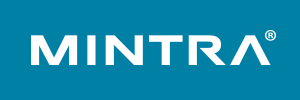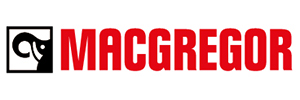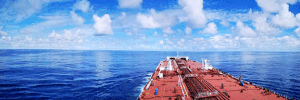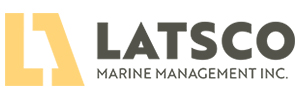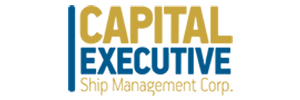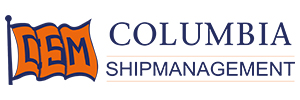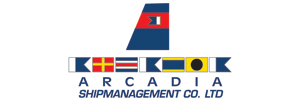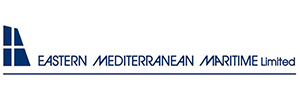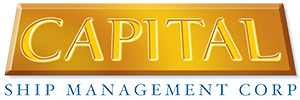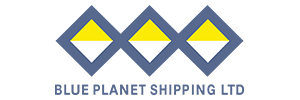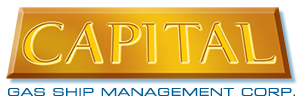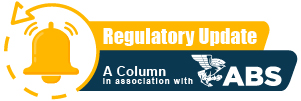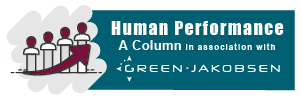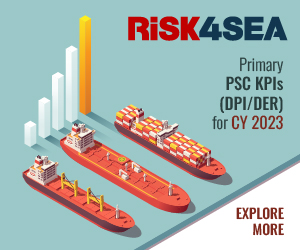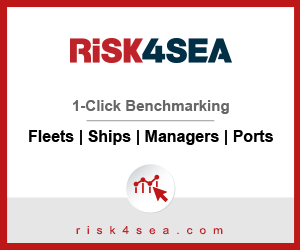Selection and installation of a proper Ballast Water Management System (BWMS) is a complex procedure. Jad Mouawad, CEO at Mouawad Consulting, provided a summary of his experience as the company has finalised installation and commissioning surveys of over 100 BWMS. The three key areas of focus, he stressed, are the installation, equipment and operation & maintenance.
At the time of writing of this report, our engineers have finalised installation and commissioning surveys of over 100 Ballast Water Management Systems (BWMS), mainly during New Building in Korea and China, but an increasingly amount of ships after the initial installation is completed and the ship has sailed for a while, sometimes a few years.
As with many new equipment that is deployed worldwide to a very large number of ships and users, early challenges with respect to installation and operation were expected, and experienced. This ranges from inadequate installation at the shipyard to unknowledgeable crew and unreliable components in the BWMS. This article tries to categorise our experience and data to point towards the most common issues encountered and some thoughts on how to solve them.
Background
To start with, we have to include some background of the experience gathered so far. The results in this article are based on surveys onboard Tankers (Oil, Chemical and LNG), Container vessels, Bulk Carriers, general cargo vessels, Heavy-Lift Semi-submersibles, barges, and Offshore Supply Vessels with all their variations. The sizes of the ships, for our purposes, are mainly related to their Ballast Water pumping capacity. This ranges from 200 m3/h to 3x 4000 m3/h for the largest ships, and up to 5x 6000 m3/h on the semi-submersibles. Likewise, BWMS vary from UV-based, electrolysis-based (direct flow and side-stream) and ozonation. The majority of the BWMS originate from China and Korea, with some makers from Europe as exceptions, for example Alfa Laval.
It is furthermore important to include an important caveat; ship owners ask us to join their ships to check whether their BWMS are working properly, because the majority of them either experience problems or are not sure if the installations are done properly. So our experience below more or less excludes those ships where BWMS are actually properly working, because then ship owners won’t call us to attend those ships. So this article cannot be used as an argument that BWMS don’t work, it is a summary of the common traits we see when BWMS don’t work.
With that caveat in mind, the experience in this article includes also over 20 ships where we did operation and maintenance training for the crew, where BWMS were supposedly working, but turned up not to in most of the cases.
High level categories of issues encountered onboard ships
We have identified three major categories of issues encountered when we attended ships, installation, equipment, operation & maintenance.
Installation
Our records show that some 50% of the issues encountered with malfunctioning BWMS, could have been avoided by proper installation followed by commissioning. We have on many occasions discussed the importance of proper commissioning of a BWMS (that is, actually checking that the BWMS works together with the ballast system of the ship and the way the ship is intending to trade, rather than just punching a checklist that shows the HMI of the BWMS working). In addition to proper commissioning, we see particularly filters installed in a way that does not ensure proper backlashing (i.e. the back pressure on the backflush line is so high that a backflush pump is required, adding another maintenance and failure point, and affecting the ballasting capacity of the ship).
Additionally, Total Residual Oxidants (TRO) meters are usually also installed in a way that does not allow the sampling and drainage to be done efficiently. When the sampling line of a TRO meter gets filled with air, the TRO meter will give wrong readings. Often, we hear that air-filled TRO sampling lines are due to the fact that the ballast line is empty and the sampling line is not under pressure with water; in such a case, means to avoid air from getting to the sensors must be installed, and tested. In a number of ship types (for example MR Tankers with submerged ballast pumps), TRO sampling lines on open deck will freeze unless drained properly. Drainage does not have to lead to the sensors of the TRO meter getting air, as air traps or means of isolation can be installed on those lines. Additionally, drainage of TRO sampling lines must always be done by gravity. Paying attention to those details will improve the reliability of electrolysis-based BWMS substantially.
Other installation issues we encounter are typically related to control and automation. Which valve should close when, during which event? What should an alarm lead to? What is an acceptable deviation from type approved values of dose? Generally speaking, IMO and class rules include good indications and guidances to find good solutions to those challenges. The most important is not to ignore those issues, as our experience is that they are solved much easier at the installation site, rather than at a later stage.
Many other small items that can make operation and maintenance of a BWMS easier during the lifetime of the ship are tagging (i.e. writing in plain English the purpose of the various pipes, ISO-painting hydrogen ventilation pipes, etc.), making room for maintenance and consumable replenishments (specially neutralisation powder), as well as keeping a well organised and managed spare parts list before the ship is delivered.
Equipment
Recent surveys, especially in 2018, show that more and more BWMS use robust type approved equipment in their systems (although type approval is not necessarily a sign of robustness but it is generally considered as a good indication of quality). However, we still encounter skimpy equipment (like small sampling pumps, sensors, valves, actuators, etc.). While it can be accepted to buy cheaper equipment that is usually regarded as non-essential by class, our recommendation is that this is not the place to save cost. All those equipment will decrease the reliability of the BWMS and increase the cost of maintenance and the probability of failure.
Specifically, we recommend that electric and electronic components in power and control cabinets are of a good make. Equipment and material that is expected to be in contact with corrosive liquid must be prepared adequately (use of GRE pipes for example can be an excellent alternative to steel or PVC pipes, to increase robustness and reliability).
One important issue when it comes to choosing alternative equipment: some components like TRO meters, UV lamps, filter elements, electrodes, etc. cannot be replaced by “similar” components. Those are fixed by type approval and must be used as listed on the BWMS Type Approval Certificate. Alternatives must be listed on the certificate otherwise the BWMS won’t be compliant.
Operation & Maintenance
Often, we board ships with installed BWMS that has not been used for a number of years. While this was not mandatory by Regulation by the time the ship was delivered, it left the equipment completely inoperable and not maintained. In all of those cases, repairing and bringing the BWMS up to speed has proven to be very challenging, if at all possible. In some cases, Owners have decided to remove the equipment and replace with a new one. However, if the four categories we are discussing in this article are not considered, the same problems will occur again.
Intimately related to operation of BWMS is training and knowledge of the crew. Training does not only involve teaching the Chief Mate how to press on the buttons of the Human Machine Interface (HMI) screen, but actually explaining how ballast water management is done onboard that ship, including the use of the BWMS. We are then talking about how to ballast, deballast, when to bypass the BWMS, how to react in case of challenging water conditions, etc. Training also includes walking with the Chief Engineer throughout the complete installation and discussing maintenance, how to figure out if components are not working as they should and how to discover and deal with discrepancies in various sensors (for example, a ship in Rotterdam with an electrolysis-based BWMS will almost always require the use of alternative saline water source, because low salinity won’t allow those systems to generate the required biocide for treatment; if the BWMS does not go to that mode or give some sort of alarm or indication, then something is wrong with the BWMS even though it is showing that all is green and working properly).
Operation and maintenance is often done loosely at delivery, and then becomes very inconsistent when the crew changes. Then the ship changes Owners or Managers and that’s where we see the major issues starting to surface: crew with very little knowledge of the actual BWMS they have onboard.
Finally, training and continuous operation of the BWMS must go hand in hand with introduction to the regulatory regimes that govern the world of ballast water management. This includes a proper go through (and review) of the Ballast Water Management Plan as this is always the first and last document that must be consulted when it comes to the proper operation of the ballast system of the ship, including the BWMS.
Conclusion
In conclusion, we have encountered a large number of issues that, when combined, give a picture of BWMS that are not reliable. When we break down those issues into concrete tasks, we see that this is not different than any other equipment newly introduced to a large market, and that need time and experience to mature and become reliable. An effort to categorise those issues lead to three main categories:
- Installation: where proper planning and know-how can reduce the number of malfunctioning BWMS by half, based on our experience
- Equipment: where we see that the more robust and well designed components used, the less failures occur. While this should be a given, we don’t often see that implemented onboard ships.
- Operation & Maintenance: where continuous use of the BWMS and proper training, onboard, of the crew on how to operate the complete ballast system of the ship, including the BWMS, and maintain it properly increases the reliability of those systems significantly.
Finally, it is important to point out to the new MEPC decision that all installations of BWMS must be sampled for compliance with the D-2 standard, prior to issuance of the International Ballast Water Management Certificate for the ship.
The views presented hereabove are only those of the author and do not necessarily those of SAFETY4SEA and are for information sharing and discussion purposes only.




